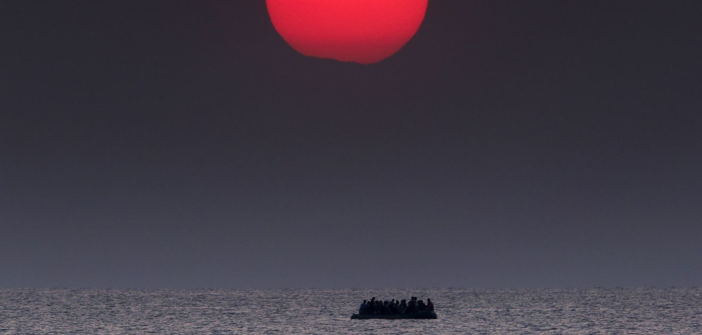They joined the Turks, who alone represent 20% of the foreign residents. If Germany, until 2015, had a more restrictive immigration policy than France, particularly regarding family reunification, it is the European country with the largest number of foreigners, over 7 million, coming mainly from former Eastern bloc countries. This is due to the expectations related to the job market and the demands expressed by employers, making it the country that has received the largest number of refugees from Syria, once Chancellor Angela Merkel announced the opening of the borders. This decision has been replaced recently by a policy of closure, which explains the wandering across Europe of rejected asylum seekers expelled from Germany or Sweden.
In contrast, Eastern European countries remain mainly transit countries, while continuing to be sources of migration. This is the case for a country like Poland, which is both a country of immigration and emigration. While many Poles still leave for other, hopefully better, places, their absence is compensated by the arrival of Ukrainians or other Europeans meeting the labor needs. Europe thus maintains migratory exchanges within its borders.
Countries on the northern shore of the Mediterranean, such as Spain, Greece, and Italy, have become immigration countries, while still remaining, for part of their youth, particularly the educated, countries of departure to other European countries or North America. This youth makes the same calculations as the migrants coming from further south.
Italy is currently the country that most highlights European difficulties, because those arriving there by sea do not predominantly belong to nationalities that benefit from high protection rates. This is the case for Tunisians, who top the list of nationalities arriving on Italian shores, often with the intention of moving to France. This is also the case for long-settled migrants wanting to flee the political climate in Rome. This is facilitated by the fact that the European legal framework does not prevent someone holding a residence permit in one Union country from applying for asylum in another. In Italy, by order of importance, Maghreb nationals are followed by West and East Africans.
Another example is Spain, the main entry route to Europe in 2018, ahead of Greece, until it regained this position on January 1, 2019, due particularly to the arrival of Turks fleeing current policies or Afghans wishing to leave Iran due to the economic crisis and unable to remain in Turkey, which has particularly firm return policies concerning Afghanistan. Of the 55,000 migrants who crossed the Strait of Gibraltar in 2018, 10,000 were Moroccans, followed, as in Italy, by West Africans, particularly Guineans, once again with the prospect of moving to France.
Malta has also become a focal point. The desire for closure in this small country cannot be understood without considering some data. Due to its geographical position, the island of Malta is the shortest disembarkation point for those leaving the coasts of Tunisia or Libya. As a result, this country has a high ratio of refugees and protected persons per inhabitant: 19 per 1,000 inhabitants, totaling 8,500 people, mainly Syrians, Libyans, and Somalis. Moreover, Malta faces the presence of many people who do not fall under protection needs and who stagnate in detention centers, as the country lacks the means for a policy of returning these people to their countries of origin, mainly from the Maghreb and West Africa. The challenge for Malta to accept being a safe port of disembarkation for migrants wishing to cross the Mediterranean is the establishment of an automatic agreement for distributing arrivals, ensuring those not seeking asylum do not remain on the island.


